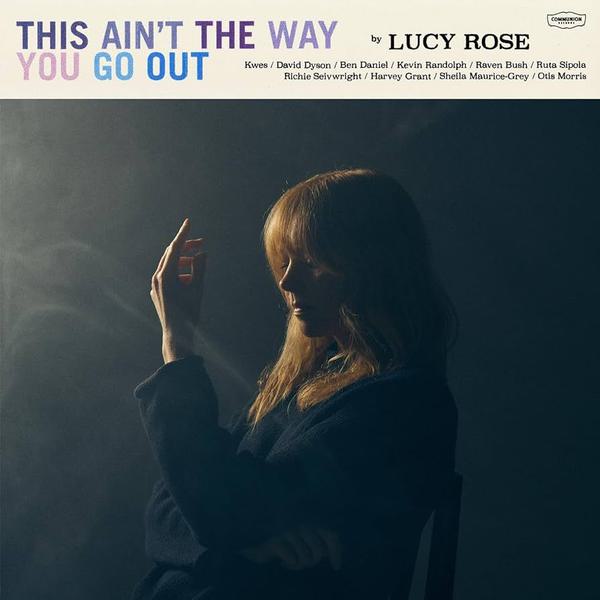Riff Raff - Neon Icon
"Neon Icon"
There has always been precious little by way of music which could be considered to be in possession of immutability; there have always been, materializing from those billowing brumes of sand, songs and artists and albums and videos which come, entertain, let loose some sort of scream into the tearing wind, then dissolve, turn to sand themselves, reenter the brume, ashes to ashes. One finds this to hold true across all epochs and eras, all styles and fads and rages, all genres, subgenres, the kenned panoply, music en totality, tout le monde. That this has ever been is not to suggest that immateriality is not perhaps at its strongest now; in the present era, with the vast dissemination, by invisible means, of artistry to the populace, those physical indicators of an artist’s prominence, i.e., the vinyl, the cassette, the CD, even, and this is pushing it to the limit, the downloaded playlist file, the iTunes litany, and the iPod itself, have become anachronisms. In short, music is without icons.
Even the most prominent of personalities are now rendered metaphysical; Yeezus, to take the most prominent example, was almost certainly listened by you off of a streaming service, floating in a sea, a few celestial objects—in this case, ones so canicular that to miss them would be an impossibility, but still—plucked from empyrean; the tour, the famed, Jodorowsky influenced tour, was comprised of pieces, something that moved, that shifted—anything live must, by its very nature, shift and change, which an icon assuredly does not—and traversed arenas and environs. The only true constant was West himself.
And that is what has happened; the artist is the icon. Beyonce’s last album was eponymous.
That Riff Raff, then, has prevailed, found himself lofted above the others blowing about in the sands with him, is not surprising; as an artist, few are so daring, so galvanizing, so blatant about treading the lines of ridiculousness and ferocious—admirable—artistic purity. He has created for himself, in videos, on Twitter, in singles and features and mixtapes, an ipseity unlike any other, saturating and, for the longest time, impermeable, like a thousand LEDs and neon tubes scattered by disco balls and broken champagne bottles and acrid mists, a display so dizzying and sensational as to leave its origins obscured, an octopus cloud of DayGlo paint.
The unveiling of those origins has done little to dampen the overall effect; for a long while there—an almost impossibly long while, in the shadows of Google—Riff Raff was our most anomalous of artists, so much so that whether he could even be considered an artist—or a “serious artist,” which, of course, supposes both that there are unserious artists and that a distinction can—and should—be made between the two—was cause for considerable debate among the burghers and Brahmins and their equivalents in the rap sphere, hermetic Old Heads and reverential lexicon genuflects.
These considered Jody Highroller at best some kind of Dadaist or performance artist or free associating font of non sequitor, and, at worst, a vanilla minstrel, culture appropriator, cruel and colorful clown. Those who revere him consider him most definitely the former, and perhaps, in varying shades, some of the later, but a musician as well. His ubiquitous presence is tailor made for the current ethereal world of media, light enough so as to stay aloft and flit around—videos and songs with such disparate personalities as Chief Keef, Cat Marnell, Kitty, and a star-making turn with Action Bronson—with that most precious type of oddity which lends itself both to the short, sybaritic, cocaine-bump-off-the-knife-blade burst of ecstasy and the slow, dismantling and devouring a fine, boneless, wild caught, lemon thyme rubbed swordfish loin, kind of pleasure. His tweets inspire art from Moneyworth; his Vine account spawned a disquisition in The Atlantic (this, by the way, is becoming the new currency, the new record sales data: How many though pieces can you birth? How many essays and treatises can spring from your songs as Athena did the sinciput of Zeus?, how many cultural critics can you ensnare in the syrupy patina? Buzz is brain chemicals!), and now this loudly dressed, diamond draped, baroque braided Pegasus is being constrained—insomuch as anyone can be in this soundscape I’ve been describing—in album form, a new god trying his hand at Icon.
It works.
It truly works, Riff Raff imprisoned in one official looking page on your Spotify, like Kanye and Drake and Taylor. All of the usual hallmarks are there, the Riff Raff authorial existence of Cosby couches and iguana shoelaces and weeping castles; his tendency to shift sounds like Anansi is intact, too, with cuts light, soft, disconcertingly dark, dance ready, pop catchy, all with that signature flow laid on top like bizarre, eye searing lace. Riff’s lyricism, rightfully lionized for its eccentricity and boundary pushing—Riff Raff, along with rappers like Heems and Kool A.D., extend the idea of rapping as abstract expressionists did painting—is not so often hailed for its dexterity, which Neon Icon demonstrates in its barbed hooks, lackadaisical lopes, professional wrestler entering the ring peacocking.
The king of kings of decay, of lone and level sands, has finally erected a Neon Icon, one which will assuredly suffer, as Shelley’s. But did Ozymandias not look grand when he was first raised?
Get the Best Fit take on the week in music direct to your inbox every Friday

Taylor Swift
The Tortured Poets Department

Chanel Beads
Your Day Will Come

Lucy Rose
This Ain't The Way You Go Out





